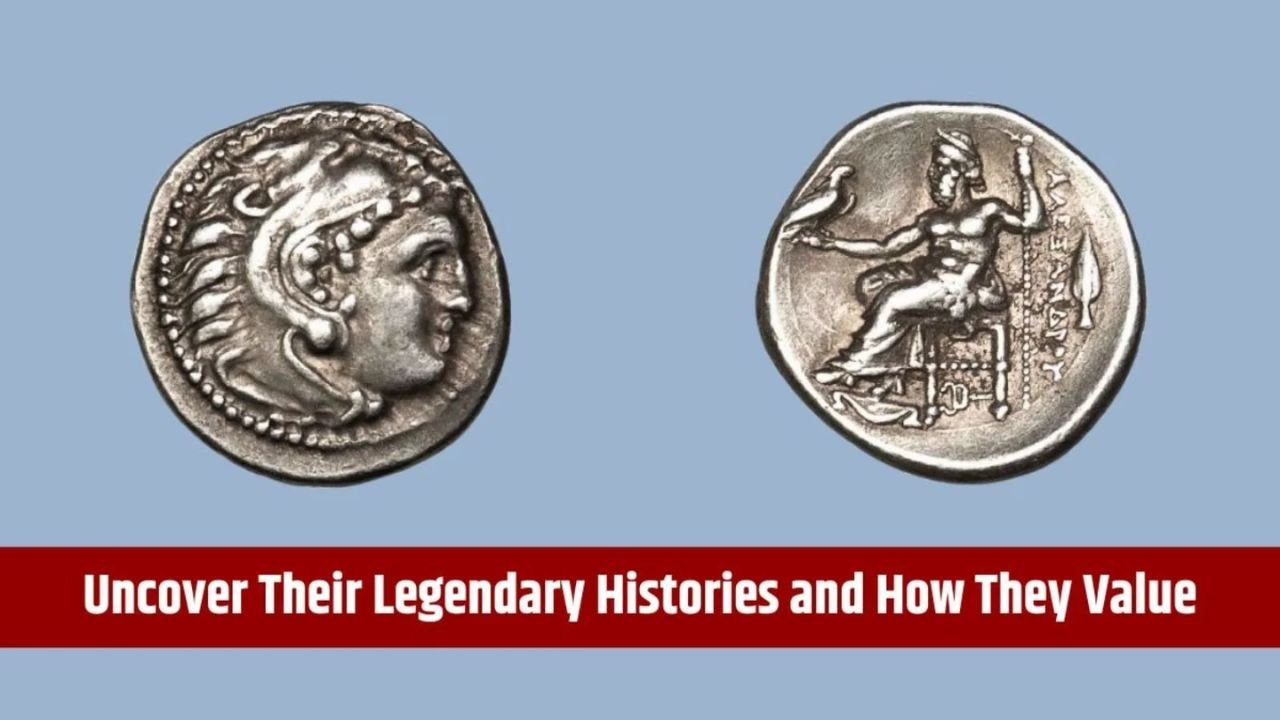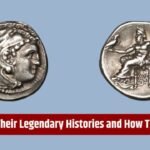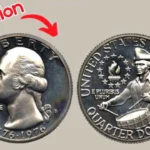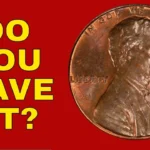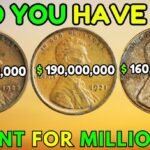Bicentennial Quarters Valued at $80 Million – Check if You Own One
Most people wouldn’t look twice at a quarter in their change. It’s just 25 cents. But what if that small coin could be worth a fortune? That’s the case with a rare type of coin called the Bicentennial Quarter, with one particular version said to be worth up to $80 million. Yes, you read that right—a coin you might carry in your pocket could be worth more than a luxury mansion.
In this article, we’ll look at the history of the Bicentennial Quarter, why it’s worth so much, what makes it rare, and how you might still come across one. This isn’t just a story for coin collectors—it’s something anyone with a sharp eye and a bit of curiosity might find valuable.
Introduction to the Bicentennial Quarter
In 1976, the United States celebrated its 200th birthday—its Bicentennial. To mark this special occasion, the U.S. Mint released special coins, including a unique version of the quarter. Unlike regular quarters, which feature George Washington on the front and an eagle on the back, the Bicentennial Quarter still has Washington’s face, but the back shows a drummer boy with a torch and a ring of stars.
These quarters were minted in large numbers between 1975 and 1976, and they carry the dual date “1776–1976.” Most people who grew up in the 70s and 80s have seen or used one. At first glance, they don’t seem particularly rare—but certain versions are.
What Makes Some Bicentennial Quarters So Valuable?
Most Bicentennial Quarters are only worth face value or maybe a little more to collectors—maybe 50 cents or a few dollars. But a few special quarters were made differently. These rare versions are what can fetch incredibly high prices, even millions.
Here’s why:
-
Special Minting Materials: Some of the rarest Bicentennial Quarters were made using 90% silver rather than the usual copper-nickel blend. These were not released into wide circulation.
-
Proof Coins: Special “proof” versions were made for collectors. They are shinier and have cleaner details. A few errors and ultra-rare versions among these are what collectors go wild for.
-
Mint Errors: Some quarters were accidentally struck with double images, off-centering, or other production mistakes. These errors make them unique and raise their value.
-
Perfect Condition: Quarters that have never been touched or used, especially graded coins with a perfect MS-70 rating, can be extremely valuable.
-
Extremely Limited Editions: Some quarters were part of small test batches or were never meant to be released. These are the rarest of all.
One of these ultra-rare quarters, because of a unique combination of silver content, mint error, and perfect condition, is what brought a value of $85 million in a private deal.
Overview Table: Bicentennial Quarter Facts
| Feature | Description |
|---|---|
| Year Marked | 1776–1976 (dual date for the Bicentennial) |
| Reverse Design | Drummer Boy and Torch with 13 stars |
| Material (Standard) | Copper-nickel blend |
| Material (Rare Version) | 90% Silver |
| Estimated Value (Standard) | $0.25 to $5 |
| Estimated Value (Rare) | Up to $80 Million |
| Special Versions | Silver Proof, Error Coins, Mint Test Coins |
| Still Found in Circulation? | Yes, common versions may still appear in change |
| Tip for Spotting Valuable Ones | Look for shiny surface, silver edge, and mint marks |
How to Identify a Rare Bicentennial Quarter
If you want to find out if your Bicentennial Quarter is worth more than a quarter, you’ll need to look closely. Here are a few tips:
-
Check the Edge – Most quarters have a copper-colored stripe on the side. If the edge looks silver all the way through, it may be a silver version.
-
Look for Mint Mark – Look under the date for a small letter (D for Denver, S for San Francisco, P for Philadelphia). Silver versions usually have an “S.”
-
Condition – A worn coin isn’t likely to be worth much. Look for shiny, clean coins with no scratches or dull spots.
-
Striking Errors – If the image looks off-center, has a double stamp, or the lettering is messed up, it could be a mint error worth thousands.
-
Get It Graded – If you think you’ve found something special, a coin grading service can officially rate the condition and authenticity.
Can These Quarters Still Be Found in Circulation?
Yes—at least the regular versions. Because over 1.6 billion Bicentennial Quarters were minted, they’re not rare in general. You can still find them in your spare change, at a grocery store, or even from a vending machine. But the valuable ones are a different story.
Some collectors believe that rare versions may have ended up in circulation by mistake or could have been spent by someone who didn’t know their value. That’s why many people still check their quarters today—you never know what might be hiding in plain sight.
FAQs
1. What does a regular Bicentennial Quarter look like?
It has George Washington on the front and a Revolutionary War drummer on the back, with the dates “1776–1976.”
2. How do I know if my Bicentennial Quarter is silver?
Check the edge of the coin. A silver quarter will look silver all around. No copper color should be visible on the side.
3. Is every 1776–1976 quarter worth a lot?
No, most are common and worth only 25 cents. Only rare versions in perfect condition or with mint errors are valuable.
4. What is a proof coin?
A proof coin is a special collector’s coin made with extra care. It’s shinier and more detailed than regular coins.
5. Can I sell a rare coin myself?
You can, but it’s best to get it appraised by a coin expert or grading company. That way, you’ll know its true value before selling.
Final Thoughts
The story of the Bicentennial Quarter shows that something as ordinary as a coin can carry unexpected value. While most of these coins are just regular change, the rare ones remind us that treasures can sometimes be hidden in plain sight.
If you have old coins in a jar or drawer, take a few minutes to check them. You might be holding something incredibly special—maybe even a coin worth millions. Keep your eyes open, and you could be the next person to turn pocket change into life-changing money.

